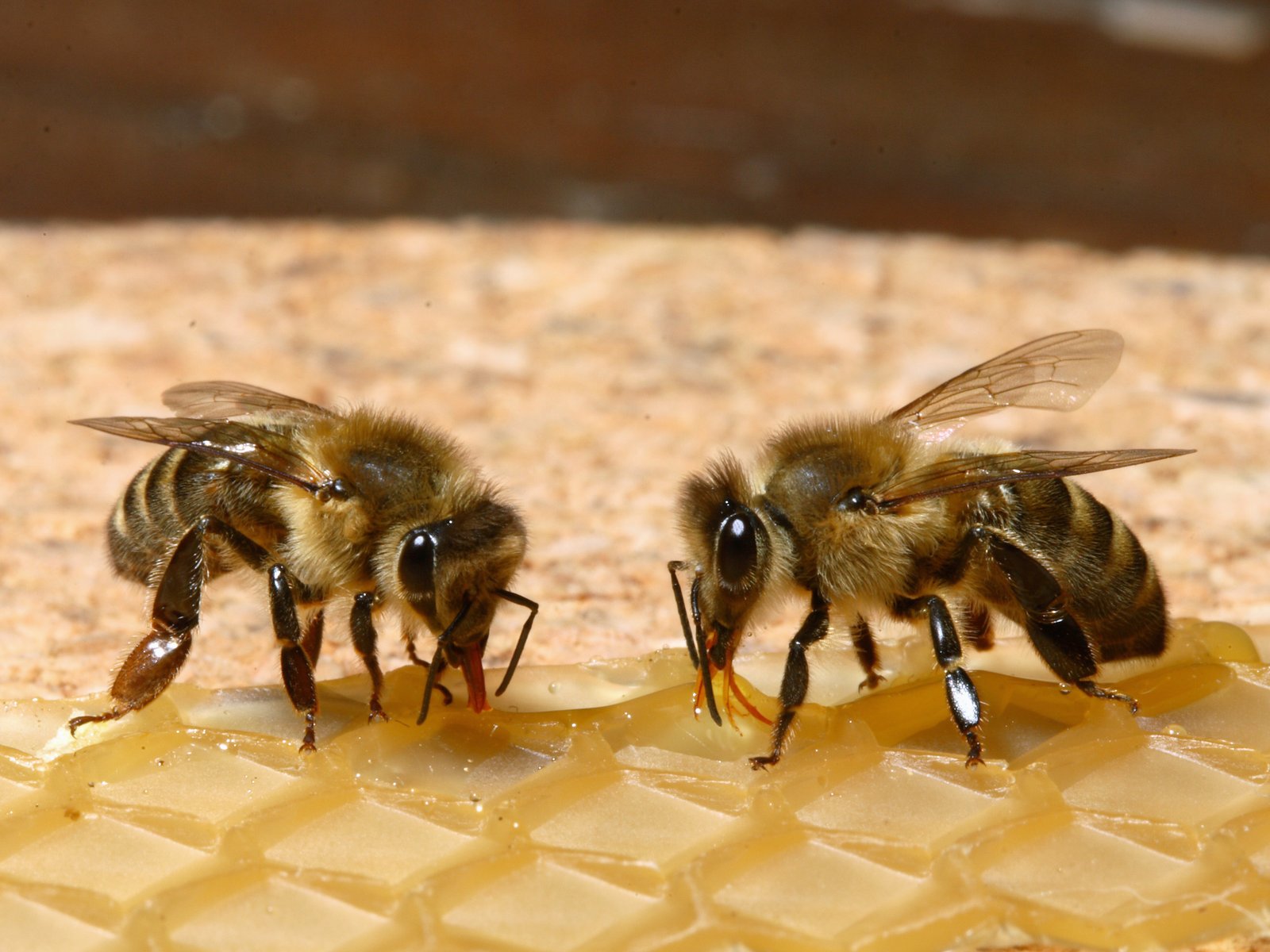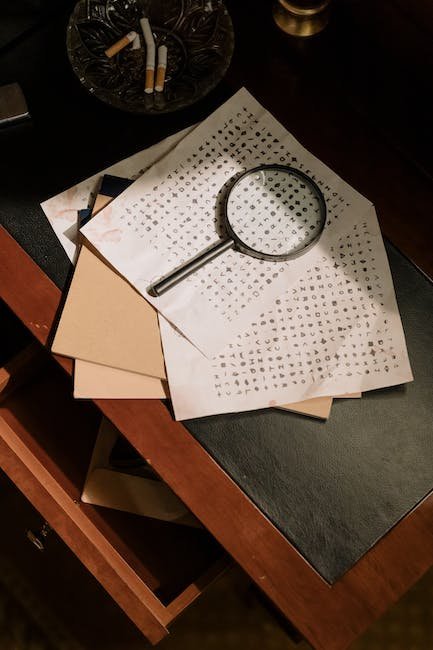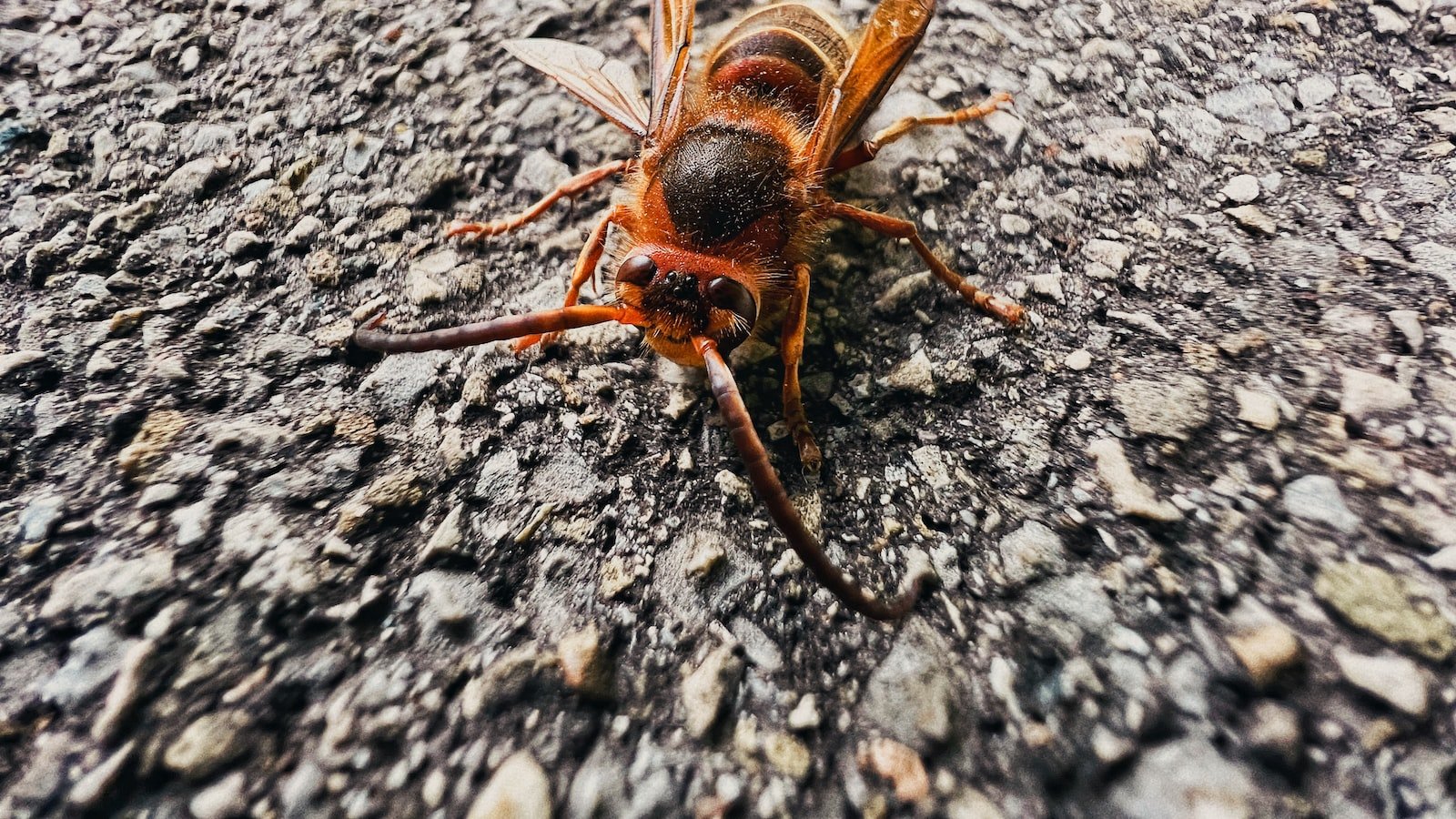Bees, those tiny yet astonishing creatures, have long fascinated humans with their complex social lives and essential role in our ecosystem. From pollinating flowers to producing honey, bees are diligently working together in a highly organized society. But have you ever wondered how they communicate and share information within their colonies? Prepare to be astounded as we delve into the enchanting world of bee trophallaxis - a behavior so captivating that it redefines the concept of camaraderie. Through this article, we will unravel the secrets behind this remarkable act of sharing among bees, proving without a doubt that in their world, caring is not just a word, but a way of survival.
Table of Contents
- The Art of Bee Trophallaxis: A Window into the Hive
- Decoding the Language of Bee Sharing
- Understanding the Role of Bee Trophallaxis in the Colony
- Guidelines for Beekeepers: Fostering Effective Trophallactic Behavior
- Building a Strong Bee Community: Nurturing Trophallaxis Amongst Workers
- Q&A
- Future Outlook

The Art of Bee Trophallaxis: A Window into the Hive
Step into the pulsating heart of the beehive, where secrets of communication and cooperation come alive through an intricate dance called trophallaxis. The art of bee trophallaxis unveils the remarkable social order within a hive, as bees exchange vital nutrients and information to sustain their collective well-being.
Within the harmonious chaos of the hive, trophallaxis serves as a mesmerizing spectacle that epitomizes the collaborative spirit of bees. Through this extraordinary form of nourishment sharing, workers and nurses transfer food, tastes, and even pheromones, ensuring the nutritional balance and unity of their bustling community.
This complex choreography unfolds as bees delicately touch mouthparts or antennae, invoking a symphony of transfers. Nutritious gifts, such as pollen and royal jelly, are bestowed upon the hungry or the fragile, while signals are conveyed, alerting hive mates to floral hotspots or imminent threats. The fluidity of trophallaxis transcends mere sustenance, serving as a profound language that binds the hive together, allowing each individual to contribute to the whole.
Witnessing the art of bee trophallaxis is an awe-inspiring glimpse into the intricacies of nature’s design. It illuminates the intricate web that connects not only the members of a hive but also the very essence of their existence. So next time you stumble upon these tiny architects of life, take a moment to appreciate the delicate dance that nurtures these extraordinary creatures and the masterpiece that is their home.

Decoding the Language of Bee Sharing
The intricate and mysterious world of bees is undoubtedly one of nature’s most fascinating wonders. Beyond their remarkable abilities to pollinate and produce honey, bees have also developed a complex system of communication known as bee sharing. By deciphering this unique language, scientists have uncovered a wealth of knowledge about these industrious insects and their remarkable social structure.
Unlike humans, bees rely heavily on pheromones, touch, and dance to convey messages within their hives. Here are some fascinating aspects of bee sharing:
- Pheromones: Bees emit various pheromones to communicate important information, such as identifying the queen bee or marking resources. These chemical signals allow bees to coordinate their activities and maintain harmony within the hive.
- Touch: Bees employ delicate antennal and tarsal touches to exchange information. These subtle interactions transmit vital data regarding food sources, hive temperature, and overall hive health.
- Dance Language: Perhaps the most mesmerizing aspect of bee sharing is the famous “waggle dance.” Worker bees perform this intricate dance to indicate the location and quality of food sources to their fellow hive members. The direction and duration of the dance convey precise information, enabling efficient foraging.
Through extensive study and careful observation, scientists continue to decipher the intricate language that bees use to share information within their colonies. This ongoing exploration not only deepens our understanding of these incredible insects but also reveals the hidden wonders of the natural world.

Understanding the Role of Bee Trophallaxis in the Colony
The role of bee trophallaxis is a fascinating aspect of bee colony life, providing insights into the intricate social dynamics of these remarkable creatures. Trophallaxis refers to the exchange of food substances among colony members, which serves multiple essential purposes within the hive.
One crucial function of trophallaxis is the distribution of nutrients throughout the colony. Bees engage in this behavior as a means of ensuring that every member of the community receives a sufficient supply of food. Through trophallaxis, older, more experienced bees transfer food and bodily secretions to younger, newly emerged bees, providing them with the necessary nutrients to grow and develop.
Trophallaxis also plays a vital role in strengthening the bond and unity within the bee colony. By engaging in food sharing, bees establish a sense of cooperation and interdependence. This behavior fosters a harmonious environment wherein the needs of all members are met. Moreover, the exchange of food substances during trophallaxis serves as a form of communication among bees. By tasting the specific pheromones and chemical signals present in food, bees can relay important information, such as the presence of nectar sources or the detection of potential dangers in the environment, to their fellow colony members.
- Exchange of nutrients and bodily secretions.
- Cooperative behavior and unity in the colony.
- Communication through pheromones and chemical signals.
Guidelines for Beekeepers: Fostering Effective Trophallactic Behavior
Effective trophallactic behavior is crucial for maintaining a healthy and productive bee colony. This behavior involves the exchange of food and information between worker bees, contributing to the overall well-being of the hive. As a beekeeper, there are several guidelines you can follow to foster and encourage efficient trophallactic behavior within your colony:
- Create a balanced diet: Bees require a diverse range of nectar and pollen sources to obtain essential nutrients. Ensure that your bee yard offers a variety of flowering plants to provide a well-rounded diet for your bees.
- Monitor hive conditions: Regularly inspect your hives to assess the health and productivity of your colony. Look for signs of disease, pests, or overcrowding that may disrupt trophallactic behavior.
- Space management: Provide enough space in the hive for efficient movement and communication. Avoid overcrowding, as it can hinder the exchange of food and information.
- Promote a stress-free environment: Minimize disturbances and handle your bees gently. Stress can disrupt trophallaxis and cause unnecessary disruptions within the hive.
- Optimal hive placement: Consider the location of your hives carefully. Ensure they are sheltered from extreme weather conditions and protected from potential predators.
By following these guidelines, you can foster effective trophallactic behavior in your bee colony, promoting a strong and thriving hive. Remember, a healthy bee colony not only benefits the bees but also contributes to pollination and the overall well-being of the environment.
Building a Strong Bee Community: Nurturing Trophallaxis Amongst Workers
In the enchanting world of bees, trophallaxis plays a significant role in creating a strong and harmonious community. Trophallaxis is the sharing of food and substances among worker bees, fostering unity and productivity within the colony. This remarkable behavior strengthens social bonds, regulates nutrition distribution, and boosts overall colony health and resilience. So let’s dive into the fascinating ways we can nurture trophallaxis amongst workers and cultivate a thriving bee community!
The Power of Communication:
Successful trophallaxis relies heavily on effective communication among the worker bees. Using pheromones and intricate dances, bees communicate essential information such as food sources, quantity, quality, and location to their fellow members. By enhancing communication pathways within the hive, we can facilitate a smoother exchange of nourishment, ensuring that all individuals have access to the resources they need to thrive.
Diverse Nutrition for a Strong Colony:
Just as we humans rely on a diverse diet for optimal health, so do bees. An essential aspect of nurturing trophallaxis is providing a rich variety of pollen and nectar sources for the workers. Including a diverse array of flowering plants in our bee-friendly gardens and landscapes not only enhances the taste and nutritional value of their food but also strengthens their immune systems, making the entire colony more resilient to diseases and pests.
Queen Bee’s Role:
The queen bee plays a vital role in promoting trophallaxis within the colony. By laying pheromone-rich eggs, she ensures the proper development of workers’ glands responsible for producing nutrient-rich secretions. Additionally, the queen’s presence encourages worker bees to practice trophallaxis more frequently, reinforcing a sense of kinship and cooperation. Thus, nurturing and protecting the queen bee is crucial for fostering a robust and interconnected bee community.
Q&A
What is bee trophallaxis and why is it important?
Bee trophallaxis refers to the mutual exchange of food among bees, allowing for efficient distribution of nutrients within the colony. It plays a vital role in maintaining the well-being and productivity of the entire bee community.
How does bee trophallaxis work?
Bee trophallaxis involves the transfer of food from bee to bee through their mouthparts. The exchanges can be direct, where bees touch mouthpart to mouthpart, or indirect, where they regurgitate food into cells for other bees to consume.
What types of substances are exchanged during bee trophallaxis?
Bees exchange a variety of substances during trophallaxis, including nectar, honey, pollen, and even royal jelly. These exchanges not only provide nutrition but also allow for the transfer of important chemical signals among members of the colony.
How does bee trophallaxis benefit the colony?
Trophallaxis ensures a constant supply of food to all members of the colony, regardless of their foraging abilities. It facilitates the sharing of resources, helps regulate food storage and distribution, strengthens social bonds, and contributes to the overall resilience and survival of the colony.
Can bee trophallaxis transmit diseases within the hive?
Yes, bee trophallaxis can potentially transmit diseases within the hive. If a sick bee exchanges food with healthy bees, it can spread pathogens or parasites. However, trophallaxis also helps in the rapid detection and removal of diseased individuals, minimizing the overall impact on the colony.
Are there different roles or specialists involved in bee trophallaxis?
Yes, different roles exist within the trophallaxis process. Foragers have specialized mouthparts that can access nectar sources, while nurse bees are responsible for feeding brood and may receive food directly from foragers. Queen bees may also engage in trophallaxis, receiving royal jelly from worker bees as a vital component of their diet.
What can researchers learn from studying bee trophallaxis?
Studying bee trophallaxis can provide insights into the communication, behavior, and health of bee colonies. It helps us understand how resources are shared, how social information is transmitted, and how diseases can spread or be contained within a hive. This knowledge is essential for effective management and conservation of bee populations.
Future Outlook
As we delve into the intriguing world of bee trophallaxis, we are reminded of the age-old adage: sharing is caring. These small creatures, buzzing harmoniously in their delicate dance, have offered us a spellbinding glimpse into the complex dynamics of their society.
Through trophallaxis, the bees have woven a tapestry of connections, fostering a bond so powerful that the very survival of their community hinges upon it. And as we stand witness to this extraordinary phenomenon, it becomes apparent that this act of sharing extends far beyond a mere exchange of nourishment.
In the intricate web of trophallaxis, we find not only sustenance but also a language of love, a means of communication that transcends the boundaries of words. A dance of antennae, a quiver of wings, and an exchange of elixirs harmoniously blend to create a holistic communication system that unites these selfless creatures.
Yet, the story of trophallaxis goes beyond the confines of the honeycomb. For hidden within its humble folds lies a profound lesson for humanity. In a world plagued by division, where empathy often dissipates in the arms of indifference, the bees remind us of the power of sharing, of caring for one another.
Just as the bees sustain their colony through this selfless act, so too can we foster connection and harmony within our own societies. By embracing the spirit of trophallaxis, we unlock a boundless capacity to understand, empathize, and ultimately strengthen our bonds.
So, dear readers, let the mesmerizing tales of trophallaxis linger in your thoughts. Let them serve as a gentle reminder that in our quest for understanding, sharing cannot be overlooked. For it is through this act, this noble gesture of caring, that we come to savor the sweetness of unity and embark on a journey towards a world more harmonious, one small drop at a time.
As an affiliate, my content may feature links to products I personally use and recommend. By taking action, like subscribing or making a purchase, you’ll be supporting my work and fueling my taco cravings at the same time. Win-win, right?
Want to read more? Check out our Affiliate Disclosure page.